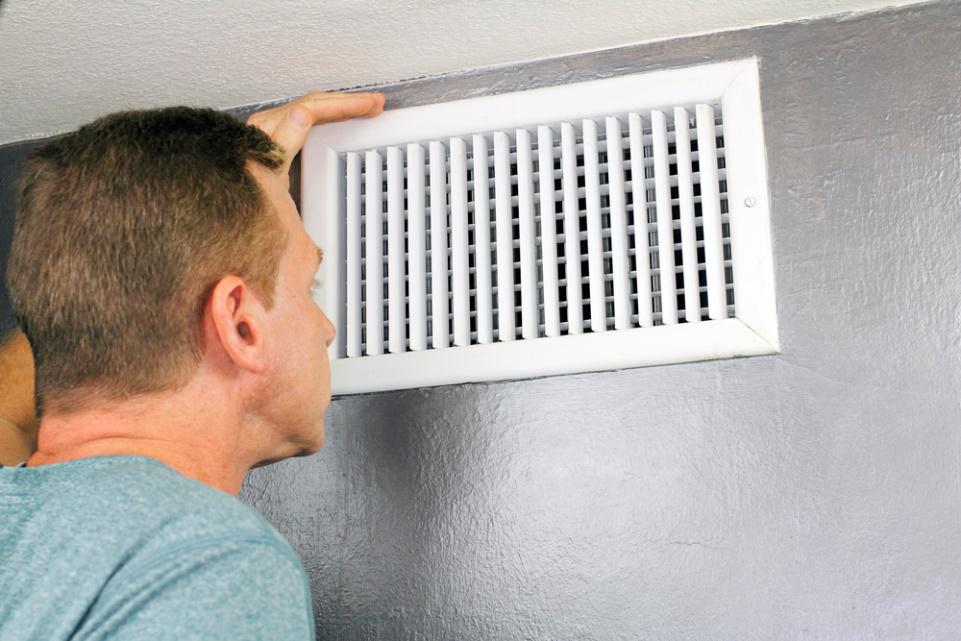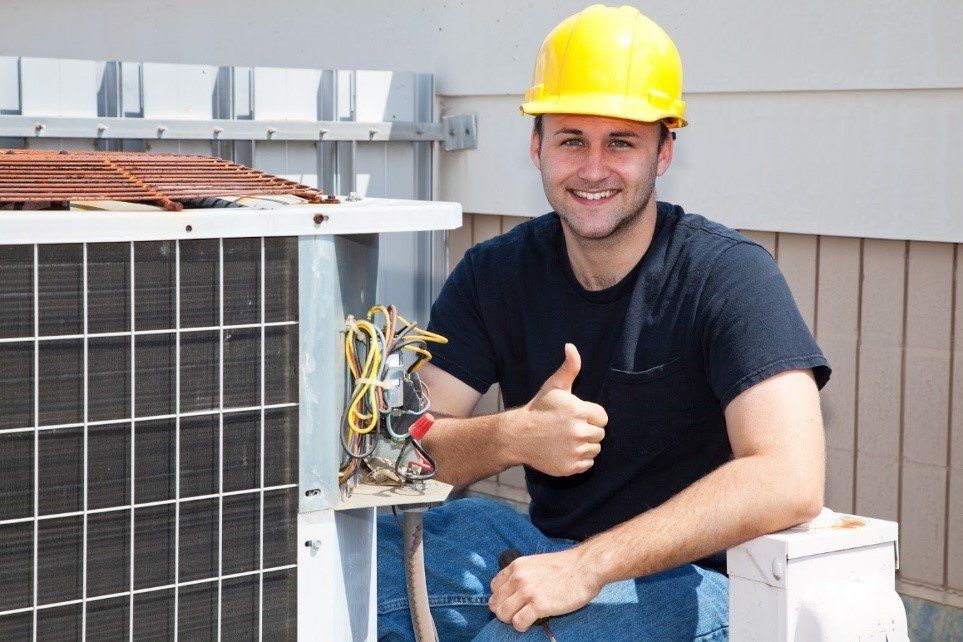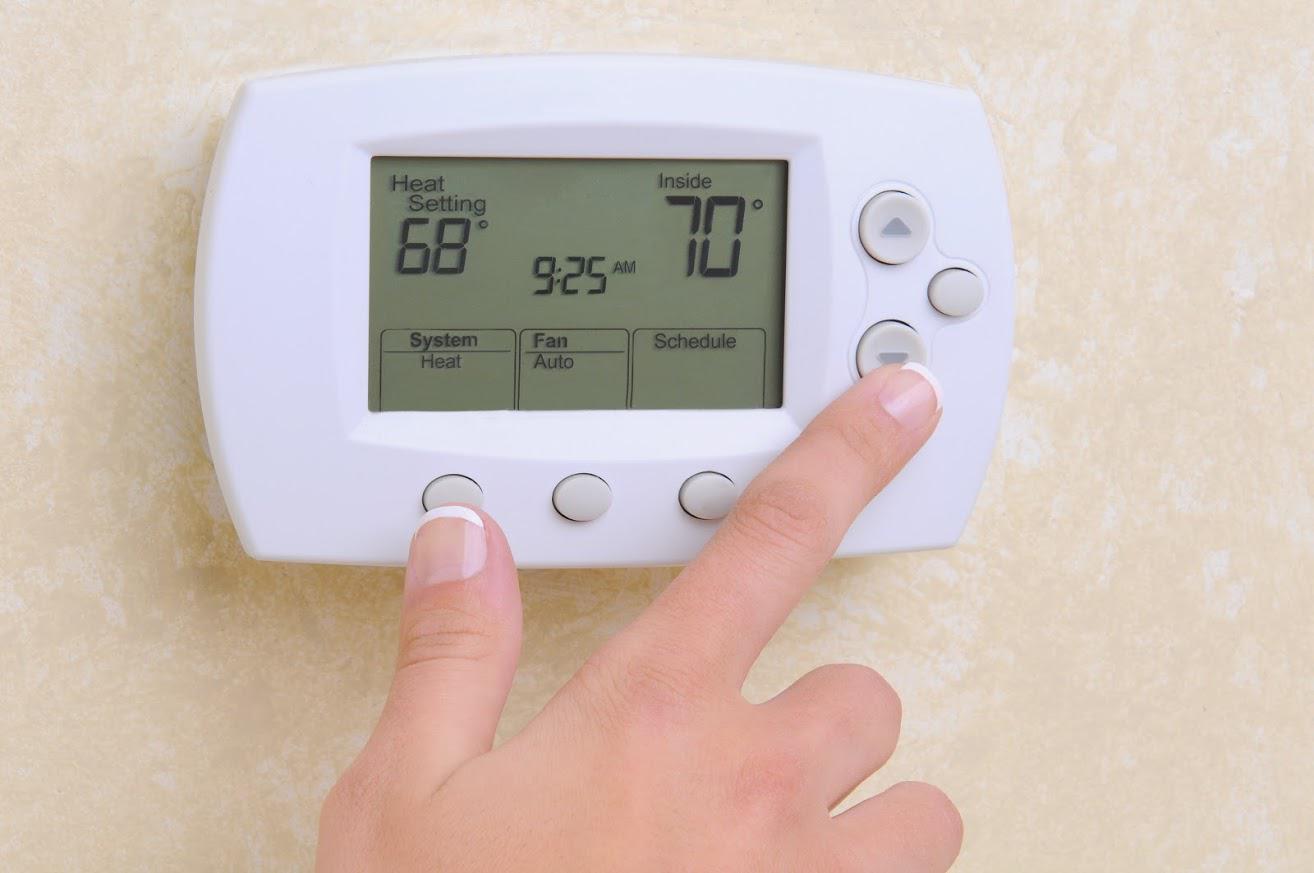Five Key Considerations For Choosing A Gas Fireplace For Your Home
- By Admin
- •
- 25 Apr, 2017
- •
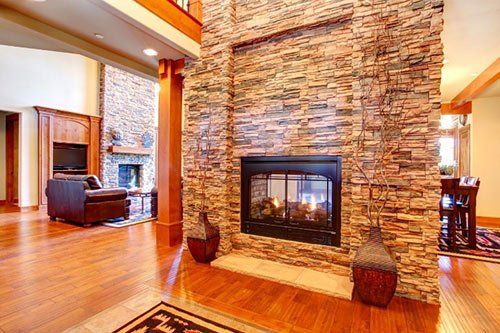
When looking for a gas fireplace, homeowners need to recognize there are a lot of options and features that differentiate the various models. There are no one-size-fits-all options available with gas fireplaces, so it is important to understand all of the considerations involved when it comes to purchasing a gas fireplace.
Below is more information about some of these variables and options and how they may impact your buying decision.
Ignition Method
One important consideration you should account for when making a decision about a gas fireplace is the ignition method. Broadly speaking, gas fireplaces may be ignited via a conventional pilot light, or they may utilize an electronic ignition system.
A conventional pilot light is a continuously burning flame that ignites the gas burners when signaled by users. Pilot lights are simple and reliable technology, but they must be kept burning continuously, and this involves the constant use of natural gas.
As an alternative, electronic ignition systems ignite the gas burners on command using a piezo spark. This system eliminates the need to maintain a constant pilot light, but there is a possibility of the piezo unit needing replacement from time to time.
Visual Design
Another consideration when selecting a gas fireplace is the visual design. This is usually a cosmetic consideration, as the specific design is a matter of taste more than anything else.
Gas fireplaces are designed to mimic brick in many cases, but they are also available in faux stone or other materials, depending on the homeowner's preference. In addition, a variety of internal components, such as grates and ceramic logs, are also available and may be chosen in a package or individually.
Fireplace Controls
A critical consideration for many homeowners is how their gas fireplaces will be controlled. Some simple units have fireplace-mounted controls that must be operated at the fireplace itself.
However, many other gas fireplaces are controlled using wall-mounted switches or remote controls. Within these categories, there are several sub-options available.
For example, some wall-mounted controls may have more than simple on/off functionality; instead, they are fitted with a thermostat that ignites and extinguishes the fireplace automatically. Other controls may allow for timer operation that lights the fireplace at convenient times.
Remote controls provide the ultimate in flexibility by allowing you to operate the controls while seated in front of the fireplace. Remote controls may also offer the same degree of functionality as wall-mounted controls, such as thermostats and timers.
Ventilation Features
A consideration when buying a gas fireplace is how to distribute the heated air. Some gas fireplaces exclusively utilize radiation, which is the transmission of heat directly from the fireplace to adjacent air.
This method of heat distribution may be adequate for some spaces, but the introduction of fans will greatly increase efficiency. Fans can be integrated into the controls of a fireplace so that functionality is centralized.
Venting Options
Even though a gas fireplace doesn't require a full chimney, it still requires proper venting for the purposes of safe and efficient operation. Venting method is another important consideration you should take into account when selecting a gas fireplace.
Direct-vent gas fireplaces utilize an external vent that pulls fresh combustion air and expels combustion products to the exterior. Direct-vent units are the most efficient in operation and eliminate combustion byproducts better than other types.
Due to their method of operation, direct-vent units do require exterior venting structures be added during installation. Homeowners with existing fireplaces and chimneys may be able to retrofit their gas units and utilize a variant of direct venting known as natural venting.
Vent-free gas fireplaces don't require any additional vents, as they are designed to pull clean combustion air into the fireplace from the interior space; they also dispose of combustion products in the same area. However, vent-free gas fireplaces can negatively affect indoor air quality if poorly designed, and some locales prohibit their use depending on building and environmental codes.
If you are considering the purchase and installation of a gas fireplace, then you need to contact Hartman Heating, Air and Fireplaces for help. They can provide expert advice plus install your fireplace the right way.
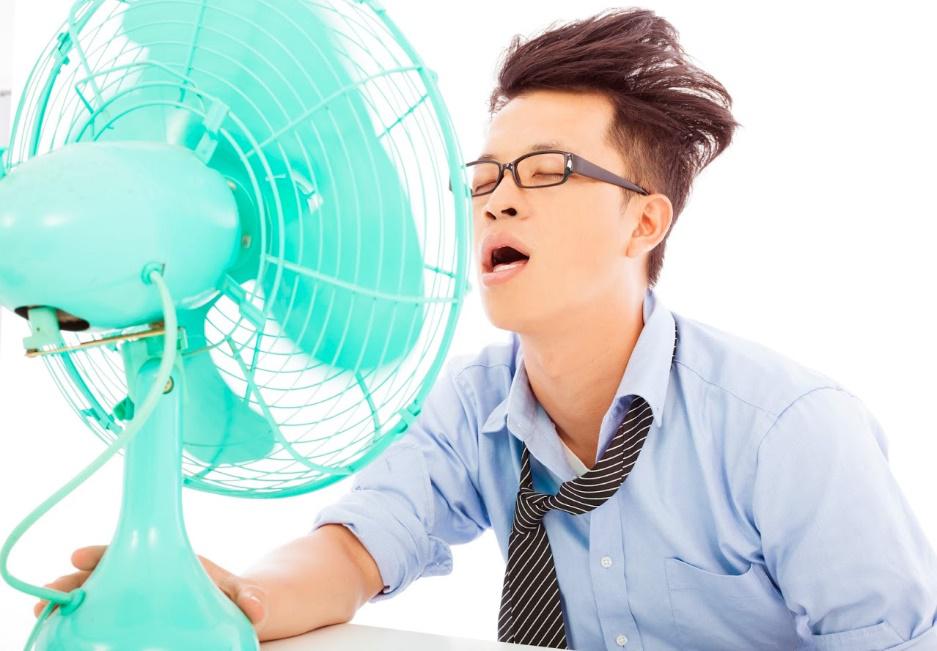
If you are struggling with hot and cold rooms in your home, read on to learn more about common causes and possible fixes for these variations.

Read on to learn more about creosote, how it affects your fireplace, and the steps you can take to keep your fireplace in good condition.
What Is Creosote?
Creosote is a combination of tars and various other chemicals produced as a byproduct of burning wood or fossil fuels. Small amounts of creosote mingle with the smoke that rises to the top of the flue. Along the way, the creosote combines with moisture and adheres to the flue liner or open brickwork of the chimney, creating a thin layer of tar that solidifies as it cools.
Creosote has had plenty of interesting uses throughout history, including as the active component of various medicines. These days, creosote is used in commercial applications to treat and preserve wood for increased longevity and durability. Creosote is responsible for giving smoked meats their distinctively smoky flavor, plus it's also the special ingredient behind artificial liquid smoke flavoring.
Why Is It Dangerous?
Creosote buildup never goes away on its own. Once a layer of creosote forms, it's there for good until it's physically removed. Without proper cleaning, multiple layers of creosote will steadily build up every time you use your fireplace. This buildup causes the flue to narrow, reducing the amount of ventilation available to your fireplace.
The resulting lack of fresh air prevents your fireplace from burning its fuel efficiently, resulting in a smaller, dirtier flame that causes even more creosote buildup. The cycle continues until your flue becomes completely blocked with creosote, rendering your flue liner unusable.
Creosote is also highly flammable, especially when it accumulates in large amounts. Excess amounts of creosote can ignite when exposed to enough heat from your fireplace. Creosote-fueled fires can spread quickly and with little to no warning, making these fires incredibly dangerous. Failure to clean excess creosote buildup is a common factor behind most home heating fires, according to research from the National Fire Protection Agency.
How Does It Form?
There are several stages to creosote buildup. Each successive stage can prove more difficult to deal with than the last, which highlights the importance of tackling creosote buildup at its earliest stages. How soon creosote buildup occurs usually depends on several factors, including the efficiency and overall condition of your fireplace. If you're using a wood fireplace, the quality of the wood being used as fuel can also affect creosote buildup.
First Stage
Creosote buildup starts out as a light coating on the flue. Depending on how efficiently your fireplace burns its fuel, the creosote buildup will mostly consist of soot with small amounts of tar mixed together. As a result, the initial stage of creosote buildup appears thin and flaky.
The first stage of creosote buildup is always the easiest to deal with. Fireplace technicians can remove creosote buildup using special-purpose brushes, preventing additional, harder-to-remove layers from forming.
Second Stage
As the creosote buildup continues, the soot is replaced with more tar, giving the creosote a thicker, harder, and sometimes shinier appearance. The overall texture of the buildup remains dry and crumbly, however.
Brushing alone won't remove second-stage creosote buildup. Rotary loops and chemical solvents are the usual go-to tools for fireplace technicians when battling creosote buildup at this stage.
Third Stage
Left to its own devices, the creosote buildup eventually turns into a highly concentrated mass that appears oily and feels sticky when fresh. Repeated exposure to heat usually gives this mass a hardened, shiny appearance. At this stage, a simple cleaning may be extraordinarily difficult, if not impossible. Some technicians even encourage a complete replacement of the flue liner as a more cost-effective alternative to cleaning.
How Can It Be Prevented?
Since it's a naturally occurring byproduct of the combustion process, there isn't much you can do to completely stop creosote buildup in its tracks. However, taking a proactive stance on fireplace maintenance will help prevent excessive creosote buildup.
Fireplace technicians can spot and take preventive action against the beginnings of excessive creosote buildup during regularly scheduled fireplace checkups. These checkups also ensure that the flue's inner mechanisms are working properly, significantly reducing the rate of creosote buildup.
Most experts recommend having your fireplace inspected on an annual basis. Flue cleanings should be done when there's a 1/8-inch deposit of creosote in the flue.
Prevention is always the key when it comes to creosote buildup. The sooner you can tackle the buildup, the easier it'll be to deal with. To learn more about the effects of creosote buildup or to schedule a professional inspection, contact us at Hartman Heating , Air and Fireplaces today.
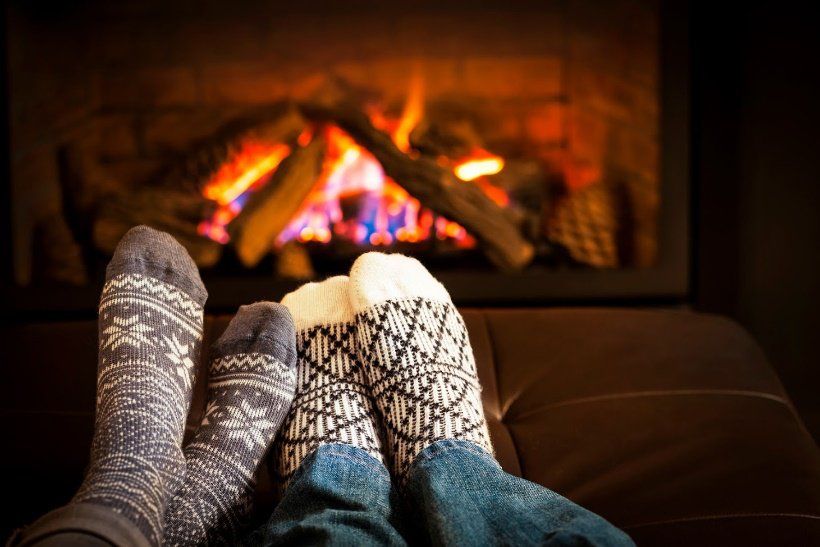
From supplementing your HVAC system in the winter to adding an appealing focal point in any room, you have several reasons to install gas or wood fireplace in your home. Have you decided that a fireplace is a great investment but are not sure if a gas or wood model is the best option for your home, family, and budget?
Do not agonize over this decision. Instead, here are a few tips and factors to help you determine if you should choose a gas fireplace or a wood fireplace for your home.
Cost of Installation
The cost to install either a gas or wood fireplace is dependent upon several factors. You have two common types of gas fireplaces in homes: gas inserts and built-in models. You install a gas insert inside an existing firebox, while you install a built-in in the wall. With the built-in fireplace, you do not need to have a firebox already in your home.
A freestanding wood stove typically costs less to install a traditional built-in wood fireplace. This is because if you opt for a built-in wood fireplace, you pay for the cost of labor and components, including the masonry.
You have other factors that impact the cost of installing either a gas or wood fireplace. If you lean toward gas, you will need to install a new propane or natural gas line if one does not already exist. Additionally, you will need to decide if you want to install a ventilation system.
For wood fireplaces, you will need to factor in the cost of replacing an existing fireplace, including the surround and firebox, and the price of installing a new chimney or repairing the existing chimney.
Cost of Fuel
The typical fuel source for a gas fireplace is either natural gas or propane. The price of either will vary throughout the year depending upon several factors, including supply, the time of year, petroleum prices, and state of the economy.
Because prices and availability fluctuate, contacting a professional to help you determine which option is best for you is a great way to ensure you choose the right product.
The costs to install either a built-in or gas insert model are about the same.
The cost of fuel for a wood fireplace is typically much less, especially if you have a readily available supply of trees on your property. The cost of wood is far less than natural gas or propane, but this can be more time-consuming to gather, cut, stack, and store the wood. Keep this in mind, especially if you do not have a place to store wood on your property.
Cost of Maintenance
The cost to maintain a wood fireplace is typically higher. If you choose a wood-burning stove, you will need to clean it periodically and schedule an appointment to have a professional inspect the unit at least two to three times per year. If the wood stove does not properly combust the fuel, the stove will not run efficiently. Maintaining a built-in wood fireplace will also cost more on average.
In addition to inspecting and cleaning the firebox, you will also need to have a professional inspect the chimney at least once a year . Luckily, you have professionals who can handle these jobs and will ensure that your built-in wood fireplace is also in amazing shape.
A gas fireplace is typically very easy to maintain and care for. If the fireplace has vents, hiring a professional to inspect and clean it at least once a year will prevent clogs.
The Look of Gas or Wood
The aesthetic appeal and the homeowner's taste is a huge factor when considering whether to pick gas or wood. If you have a more modern home, a sleek glass fireplace is a great option. You have several varieties of built-in and insert fireplaces, including models that feature glass logs, stones, or coal. You can even purchase a gas fireplace with a remote control.
If you have a more traditional home or simply prefer the classic elegance of a brick or stone facade and mantel, consider a wood fireplace. Many homeowners also prefer the smell and feel of a traditional built-in wood fireplace as well.
Resale Value
A recent survey of homeowners found that as many as 40 percent would pay more for a home that features a fireplace. Whether you choose gas or wood, installing a beautiful fireplace in your home is always a smart investment. If you want to sell your home in the future, ask a local real estate agent about which type of fireplace that homeowners in your area prefer.
From the potential resale value they add to the cost of installation and maintenance, several factors exist that you should consider when deciding to choose a gas or wood fireplace for your home. If you have any further questions, contact the professionals at Hartman Heating, Air and Fireplaces .


